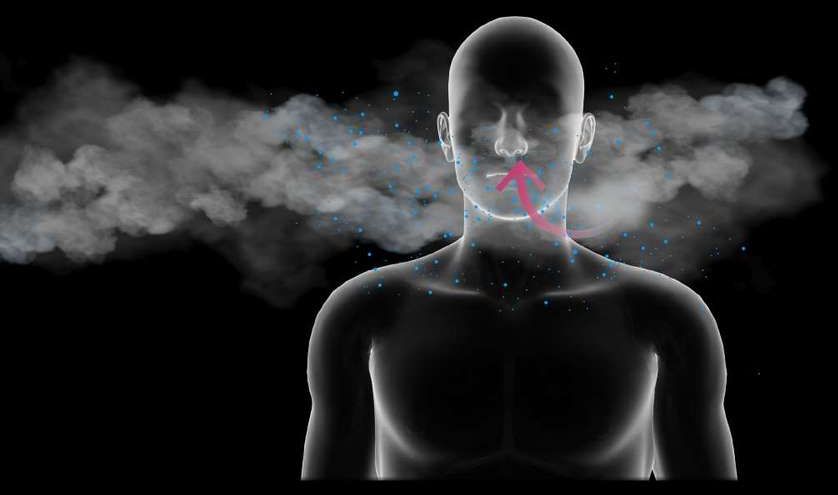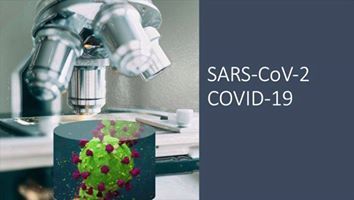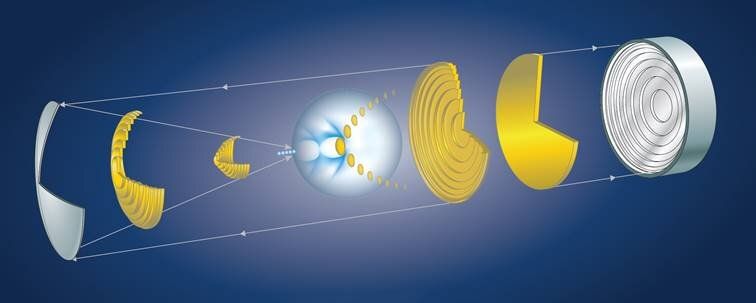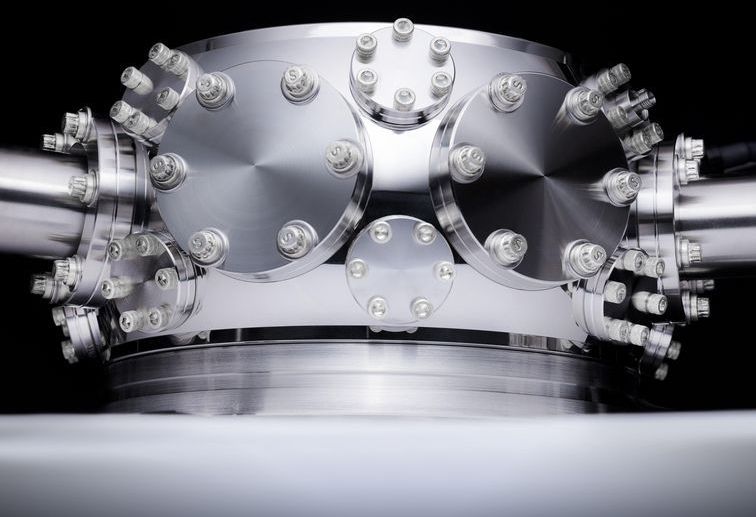Swapping out spent uranium rods requires hundreds of technicians—challenging right now.
He is remembered for his ‘transformational’ and ‘immeasurable’ contributions to scientific research.
I made a video on the possible treatments for COVID-19 and how it targets different components of SARS-CoV-2, the virus that causes it 😃
You can watch it here: https://youtu.be/DaXG3Qd8soo And let me know if you have questionsor suggestions 😃.
Accelerating electrons to such high energies in a laboratory setting, however, is challenging: typically, the more energetic the electrons, the bigger the particle accelerator. For instance, to discover the Higgs boson—the recently observed “God particle,” responsible for mass in the universe—scientists at the CERN laboratory in Switzerland used a particle accelerator nearly 17 miles long.
But what if there was a way to scale down particle accelerators, producing high-energy electrons in a fraction of the distance?
After years in the making, the Marine Corps has finally started fielding next-generation body armor to lighten the load for grunts in the field.
The new lightweight protective vest, known as the Plate Carrier Generation III, is designed to provide additional protection from shrapnel and other fragmentation for Marines, according to a statement from Marine Corps Systems Command.
More importantly, the new system is 25 percent lighter than the Corps’ existing plate carrier, providing a smaller footprint in terms of the load a grunt has to haul and in turn reducing fatigue and improving operational capability while maintaining a similar level of protection.
O,.,o.
Physicists have conducted the most high-energy test of the speed of light yet, and found that it is still constant, everywhere in the Universe, even in gamma rays spewed out of sources such as exploding stars.
This means that, even at the highest energies we can detect, one of the pillars of Albert Einstein’s theory of special relativity still stands firm.
“How relativity behaves at very high energies has real consequences for the world around us,” said astrophysicist Pat Harding of Los Alamos National Laboratory in New Mexico.
The interactions with the environment that cause it are what make quantum measurement possible.
As the coronaviruspandemic sweeps across the United States, another invisible enemy is threatening America’s data security.
From stealing data to disseminating misinformation, hackers are taking advantage of the US at an especially vulnerable time during the war against the deadly outbreak.
As millions of Americans have been ordered to work from home to contain the spread of the virus, data is now being transmitted outside secure business networks, making it a treasure trove for hackers.










